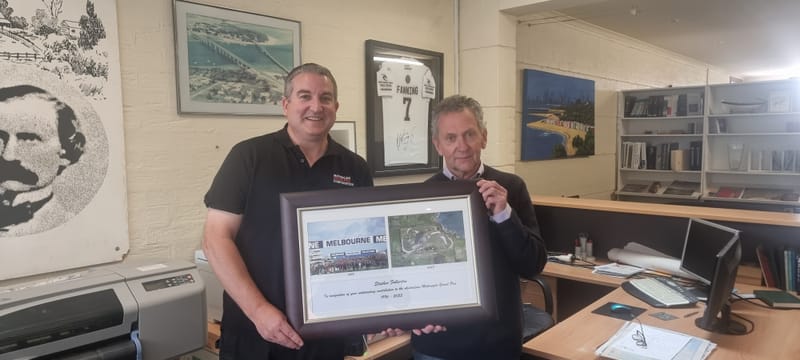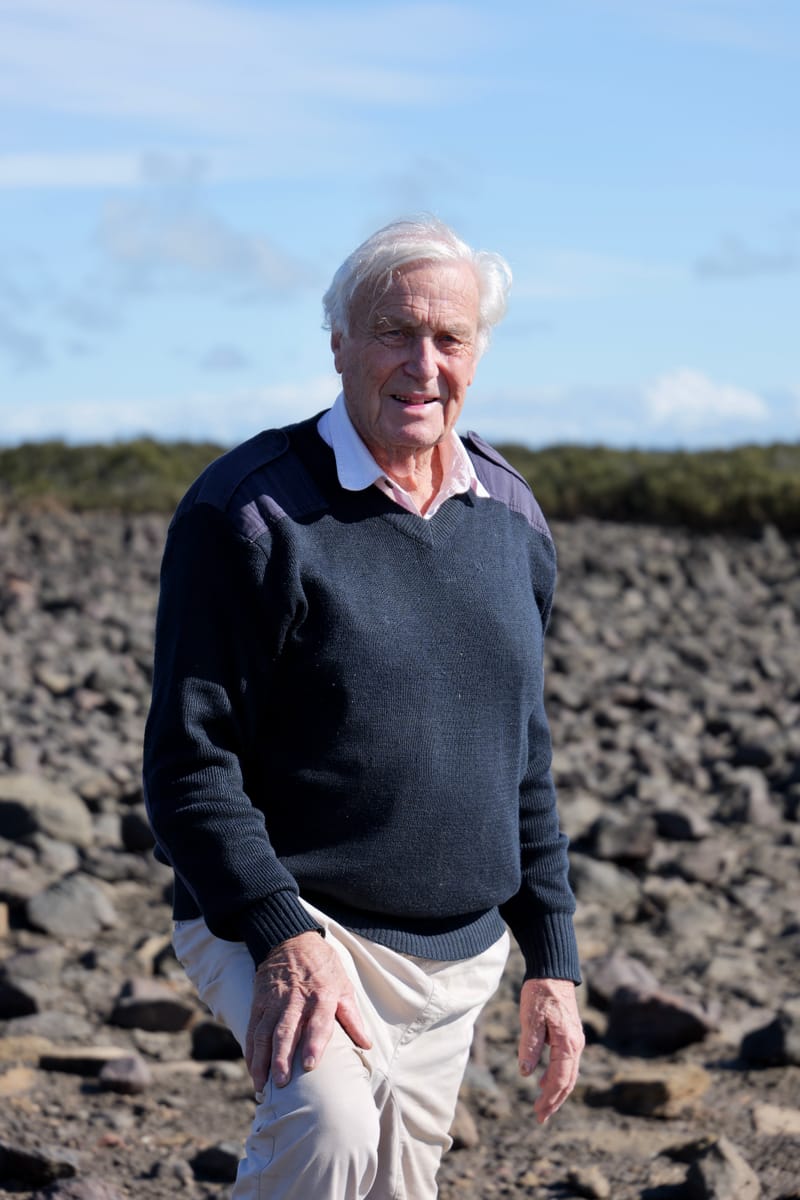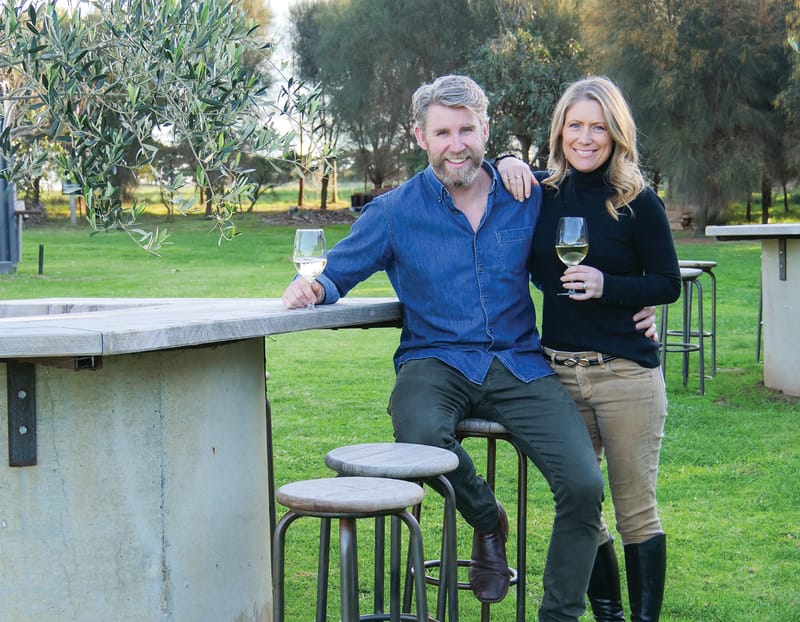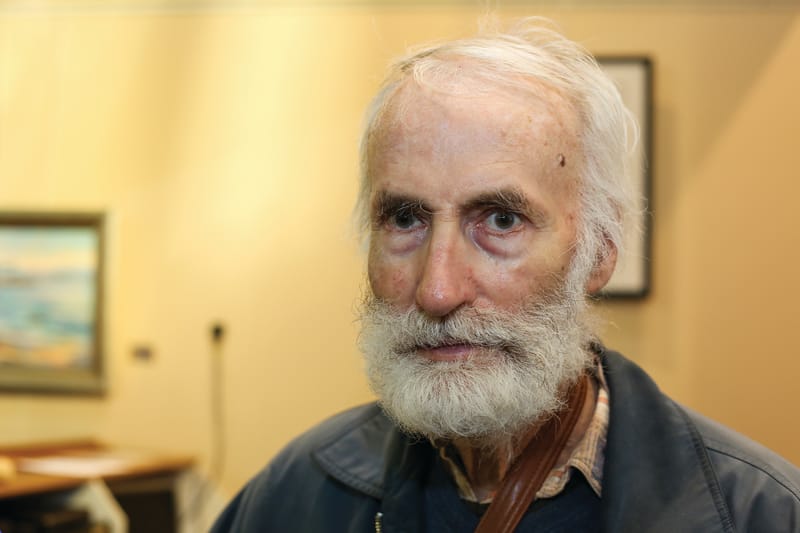History of island football and netball
Footy on Phillip Island since the 1890's The year 2018 marks the formation of the Phillip Island Football Club 72 years ago, and the island's entry into the Wonthaggi and District Football League back in 1946. But footy had been played competitively...
Footy on Phillip Island since the 1890's
The island's entry into the Wonthaggi and District Football League took place back in 1946.
But footy had been played competitively on the island long before that time, as old records kindly provided by Ventnor resident Martin Grachan demonstrate.
It seems that football arrived on Phillip Island in 1890.
Cowes and Rhyll were the only teams, and the site of the present golf course, the only spot on the island dry enough in those days for a game to be played, was used.
For matches on the mainland, players went on horseback the day before, stayed overnight at a hotel, and rode on the next day to the designated football ground.
The Mornington Standard reported in 1890 that the first football match played at Flinders in eight years was against a team from Cowes, and resulted in an easy victory for Flinders.
The writer of the report complained there was too much “handball” in that game.
“Some of the players seemed quite to forget that it was a game of football they were taking part in. More advantage should be taken of marking, by which a great amount of unnecessary exertion could be saved,” the writer complained.
In August that year, Flinders arrived over at Cowes to play.
The Mornington Standard noted (unkindly) that the Cowes Football Club had for this occasion secured the services of many of the best players in South Gippsland, to the exclusion of local players who were on the ground in costume and prepared to play.
Cowes won, seven goals to nil, and the Flinders team went home after the match on the Genesta ferry.
The Mornington Standard was affronted remarking:“That the Cowes Club considered it necessary to form such an alliance is evidence of weakness.”
This did not go down at all well in Cowes.
Cowes Football Club secretary G Wright wrote to the paper, stating that the so called best players from South Gippsland were in fact all from San Remo.
Said Mr Wright: “I am afraid the garbled report must have been supplied by a disappointed supporter of the Flinders Club in order to try and detract from the win by Cowes."
There are further reports in the Mornington Standard of a match in 1894 between Cowes and Hastings, played at Hastings, with the Cowes team arriving by steamer and train.
That same year in August, Cowes played Grantville at Grantville, with the Grantville side 13.13 beating Cowes 3.1.
In 1909, a combined team from Hastings and Rhyll played Cowes at Phillip Island, with the combined team winning and H Carmichael best on ground.
In 1919, an island competition was organised, with teams fielded from Cowes, Rhyll and Ventnor.
In 1926, the annual presentation night of the Phillip Island Football Association had an attendance of 120. Three teams comprised the Association , Cowes, Ventnor and Rhyll.
Fifteen matches were played between May 22 and August 25, that year, with the Cowes team winning the pennant, accepted by captain E Jenner. It was noted that not one player was reported throughout the season. The junior pennant was won by the Cowes State School, defeating Ventnor in a close finish.
Mr Alex McLardy was commended for his untiring effort as PIFA secretary.
The Age, reporting the state’s football grand final results in 1929, printed that Phillip Island 11.16 had defeated Prestige Hosiery,
By the year 1930, an the island was able to enter two teams into the Westernport Association. These were called Phillip Island and Islanders United. Colours were brown and gold, and red white and blue respectively.
However, it was back to one team by 1934.
Josua Gliddon, in his book Phillip Island in Picture and Story, made the following comment.
"If thrills were scarce in a game on the mainland, the Eastern Passage frequently provided some on the way home. A drenching in rough seas, becoming stuck fast on a mud bank till midnight, and the vagaries of a boatman who had not joined the Rechabites, were among the variety."
The Frankston and Somerville Standard reported in August 1930 that the hitherto unbeaten Kilcunda met its Waterloo at Cowes, suffering defeat by six points in a most strenuous match.
“All the men in the overseas team played like veterans,” wrote the Standard. And Cowes players Percy McFee on the back line, Harry Nelson with great judgment, Rex Dixon a tower of strength, and captain Duffy singled out for high praise.
Jack McFee, Noel Cleeland and Harold Jones also got a mention.
Island Association formed
In 1937, an Island Association was formed, with three teams, Cowes, Ventnor and a combined Rhyll and Newhaven side.
After a season or two, Cowes withdrew and the vacancy was filled by French Island.
A boatman from Rhyll used to ship the boys across the bay when a game had to be played there.
This competition ended in 1940, chiefly because of the intervention of World War 2.
Eight years went by without a Phillip Island team competing on the mainland..
In 1945 the Glen Alvie Football Association and the Wonthaggi Football Association merged to form the Wonthaggi and District Football League.
Soon after, Phillip Island, Bass and Inverloch were admitted to the League. In 1946, Kilcunda joined.
The participating teams in the newly formed League in 1946 were Dalyston, Bass, East Wonthaggi, Glen Alvie, Inverloch, Kilcunda, Phillip Island, San Remo, Shop Assistants and Workmen’s Club.
The Phillip Island Reserves team won the grand final in that first year.
The Newhaven San Remo bridge had been built, but there were still no buses for the footballers.
The Club secretary Russell Wilson wrote: Players and supporters including girlfriends, wives, babies and anyone who could barrack used to pile into a motor truck when games had to be played away.
"These were great times, and in the first season, a semi final was played on the island for what was the only time in island football history.
For a number of years, the Island competed against a mainland side for the benefit of Warley Hospital.
A shield was anually presented to the winner of this match.
Our first premiership
In September 1951 Phillip Island won its first premiership in the Wonthaggi and District Football League when they defeated Wonthaggi in the Grand Final .
They had previously been runners up five times, said the Sporting Globe.
1955 saw the amalgamation of the Bass Valley Football Association and the Wonthaggi and District Football League to form the Bass Valley Wonthaggi and District Football League.
The newly formed Bass Valley League clubs in 1955 were Dalyston, Bass, Bena, East Wonthaggi, Glen Alvie, Inverloch, Kilcunda, Kongwak, Korumburra Butter Factory, Loch, Nyora, Phillip Island and Shop Assistants.
In 1967 Lang Lang joined the competition, (later to leave in 1981) and in 1969, so did Wonthaggi Blues.
1995 was the final year of the Bass Valley League and in 1996 Dalysyton, Inverloch Kongwak, Bena, Wonthaggi Rovers and Korumburra joined the Alberton Football League.
In 1996, Phillip Island joined the West Gippsland Football League after the Bass Valley Wonthaggi District Football League disbanded.
Phillip Island joined the Alberton Football League in 2005, and remains there for the present.
It took out the Alberton League Grand Final in 2014.
Eight premierships in the modern era
Phillip Island has won six senior football premierships in the modern era: in 1951, 1962, 1964, 1981, 1990, 2014, 2018 and 2019.





